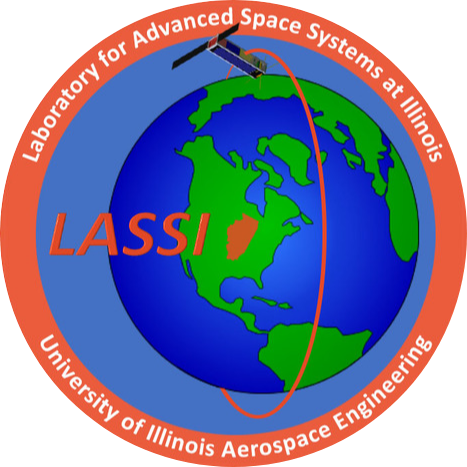After deployment on Oct 12, we experienced some ground
station issues that delayed our making contact with CAPSat. Within a short time
however, we successfully received a beacon signal from the satellite, but could
not demod the signal using the GNU-radio software we had configured for the
task. It appeared that the long antenna cable run from the roof to the power
amp was dropping the SNR below what GNU-radio could handle.
We then took the AX100 radio out of another satellite we have in our lab and put it to
good use. With hardware doing the demod, our beacon data indicated we were
healthy. After a little more tweaking we established 2way comms with the radio
daemon on CAPSat, and discovered that during the first week of operations
(recall a CME occurred that week) the satellite was rebooting at least three
times a day, filling up our logging memory way faster than we had anticipated.
Eventually the memory filled completely. A shortcoming of our inherited design,
is that a command script must first be placed into memory by the radio daemon
before it can be executed by the command daemon. This situation effectively
locked us out from commanding the satellite.
Our team persisted however, and worked up a few linux hacks
that would allow us to open an existing file, shorten its length, and get a
command in to delete additional files to create space for commands. Our first
attempt failed and crashed the command processor completely with no way of
rebooting or restarting it. Fortunately, it appears the solar flare this
weekend may have helped and we were rebooted. Then at 211am this morning, we
tried another hack. This time it worked, and we successfully executed a script
to create file space, resync the spacecraft clock, and download some
situational data.
We are now (finally) working with the science team to
prepare to bring down some science data over the next week or so. They are
excited to see what effect the CMEs have had on their photodetectors. As soon
as we get that data, we’ll provide another update.
While nothing on CAPSat has been easy, the program has
provided a number of learning opportunities for our students (and me!), the most
important of which is to “never give up.” We are building a culture here that
shows the benefits of discipline, rigor, documentation, and teamwork. I’m
excited to be able to send some of these young engineers out into the world
soon to see what else they can do with the tools NASA's USIP/Elana programs have made available
to them.
